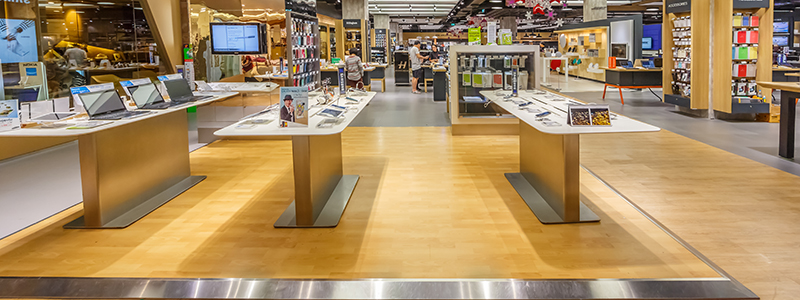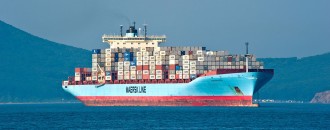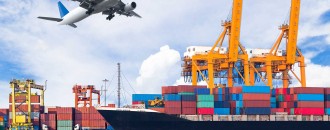
Incentivise exports to increase demand for consumer electronics: FICCI
Jayarama Emani | The Dollar Business  The Government has to develop the export base for creating the push for increasing manufacturing base to meet the new exports demand in the consumer electronics manufacturing segment, a policy recommendations document by FICCI and EY (Ernst & Young) said. The document also recommended expanding trade agreements with export attractive regions such as Africa and Bangladesh thus driving the government’s ‘Make in India’ agenda. Suggesting that the status of “deemed export” should be granted to products/components manufactured and sold in India, the report said that such a move will enable the benefits of drawback, advance authorization and refund of output excise duty paid by manufacturers by availing credit of input taxes paid on components imported and made in the country and paid for in cash, for value addition. Domestically manufactured electronic products (DMEP) for the purpose of conferring the status of deemed export on them should be identified by using domestic value addition norms, where the threshold progressively increases over the years. Asking the government to expand the scope of MEIS by extending notified products to include AC, refrigerators and semi-automatic washing machines and notified markets to include Middle East, the report recommended for a roll back of excise duty. The duty needs to be reinstated at 10%, instead of the current 12%, as the industry is still struggling and needs reduced price tag for the consumer so that demand can be revived. The report also called for excise duty relaxation on manufacturing of high-end home appliances to encourage manufacturing of more energy efficient products, at a time when energy standards are undergoing a severe upward revision and also for reform inverted duty structure or introduce reduction of customs duty on components for high-import products. According to the report, the average localisation level across white goods is around 30-40% (considering the parts of the product manufactured in India). Manufacturers on their part are willing to invest in India and build it as a base for exports to MEA and SAARC regions. However in order to do so, the manufacturers face hurdles on the taxation aspects (duty structure, Free Trade Agreements etc.), cost of capital, under developed local supplier base, business infrastructure and ‘ease of doing business’.
The Government has to develop the export base for creating the push for increasing manufacturing base to meet the new exports demand in the consumer electronics manufacturing segment, a policy recommendations document by FICCI and EY (Ernst & Young) said. The document also recommended expanding trade agreements with export attractive regions such as Africa and Bangladesh thus driving the government’s ‘Make in India’ agenda. Suggesting that the status of “deemed export” should be granted to products/components manufactured and sold in India, the report said that such a move will enable the benefits of drawback, advance authorization and refund of output excise duty paid by manufacturers by availing credit of input taxes paid on components imported and made in the country and paid for in cash, for value addition. Domestically manufactured electronic products (DMEP) for the purpose of conferring the status of deemed export on them should be identified by using domestic value addition norms, where the threshold progressively increases over the years. Asking the government to expand the scope of MEIS by extending notified products to include AC, refrigerators and semi-automatic washing machines and notified markets to include Middle East, the report recommended for a roll back of excise duty. The duty needs to be reinstated at 10%, instead of the current 12%, as the industry is still struggling and needs reduced price tag for the consumer so that demand can be revived. The report also called for excise duty relaxation on manufacturing of high-end home appliances to encourage manufacturing of more energy efficient products, at a time when energy standards are undergoing a severe upward revision and also for reform inverted duty structure or introduce reduction of customs duty on components for high-import products. According to the report, the average localisation level across white goods is around 30-40% (considering the parts of the product manufactured in India). Manufacturers on their part are willing to invest in India and build it as a base for exports to MEA and SAARC regions. However in order to do so, the manufacturers face hurdles on the taxation aspects (duty structure, Free Trade Agreements etc.), cost of capital, under developed local supplier base, business infrastructure and ‘ease of doing business’.
This article was published on April 20, 2015 – 8:32 pm IST.






 to success.
to success.